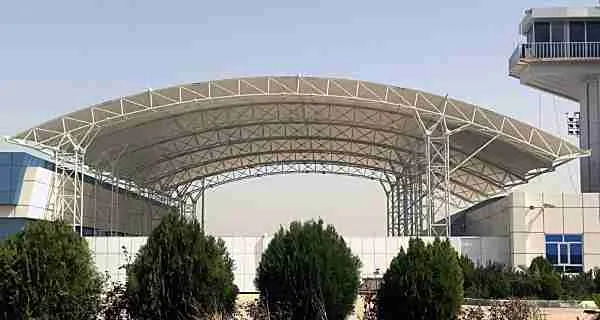Big projects in far-reaching locations are never just about bricks and steel—they’re about coordination, precision, and the kind of planning that makes the impossible look effortless. Teams that work across borders need to bring more than just technical skills to the table; they need systems that connect every moving part into one clear picture. That’s where the deeper, less visible advantages of working with a leader like Nav Int truly shine.
Centralized Engineering Teams Delivering Seamless Global Coordination
Having a centralized engineering team means ideas, designs, and standards come from a single, unified source. For global construction projects, this translates into fewer communication gaps, smoother handoffs between countries, and the ability to adapt designs to meet local requirements without disrupting the overall vision. Each specialist works within a framework that ties directly to project milestones, making coordination across time zones not just possible, but efficient.
The advantage is especially clear when unexpected challenges arise on-site. With a single engineering hub, solutions can be developed quickly and rolled out to multiple project sites simultaneously. This keeps international construction company timelines intact, prevents costly redesigns, and maintains a consistent standard of quality across all locations. Centralized teams don’t just manage the work—they connect it.
In-house Design and Quality Control, Elevating Project Consistency
In-house design capabilities give a project an immediate edge. Instead of relying on outside firms with varying approaches, every drawing, specification, and model comes from the same design language. This leads to consistent results, even on large-scale government construction projects where accuracy is non-negotiable.
Quality control benefits in the same way. Nav Int keeps testing, inspections, and compliance checks under its own roof, ensuring that standards aren’t just met—they’re exceeded. This tight oversight reduces rework, improves safety, and reinforces client trust. By combining design and quality control internally, Navigator International creates a feedback loop where improvements happen faster and details never slip through the cracks.
End-to-end Materials Logistics Guaranteeing Timely Supply Chains
Materials logistics can make or break an international build. End-to-end control over sourcing, shipping, and delivery means the right components arrive at the right place without costly delays. By mapping supply routes in advance and tracking shipments in real time, Nav Int can anticipate bottlenecks before they occur.
This approach doesn’t just improve timing—it safeguards budgets. Avoiding emergency sourcing or last-minute substitutions helps keep costs predictable. It also ensures that unique materials needed for specialized facilities or custom designs arrive ready for installation, no matter the project’s location.
Scalable Execution Across Commercial, Industrial, and Governmental Sectors
Scaling execution means having the systems and people in place to handle projects of vastly different sizes and scopes. One month, the focus might be on building a commercial complex in a growing city; the next, on delivering infrastructure for a remote government installation. This adaptability is a hallmark of a skilled international construction company.
The ability to pivot between sectors also keeps teams sharp. Lessons learned on an industrial site can improve workflows on a government construction project, and vice versa. By applying a shared foundation of processes across diverse builds, Nav Int ensures consistency in outcomes without sacrificing the flexibility each sector demands.
Capability to Handle Diverse Project Types—from Offices to Specialized Facilities
Breadth of capability is more than just having a wide portfolio—it’s about delivering each type of project to the same high standard. Office complexes require speed and precision; specialized facilities often require custom engineering and strict compliance with unique regulations. Both need to be completed without compromising quality or efficiency.
Nav Int’s ability to meet these different needs under one operational framework simplifies decision-making for clients. Whether it’s fitting out an urban headquarters or constructing a high-security installation, the same project management discipline and technical expertise are applied. This uniformity helps maintain client confidence while streamlining internal execution.
Integrated Design-and-build Workflows Strengthening Delivery Efficiency
An integrated design-and-build model means the same team handles both the creative and the practical sides of a project. Ideas are tested for feasibility as they’re developed, which shortens timelines and reduces miscommunication between designers and builders. It’s a straightforward but powerful way to remove the friction that can slow a project’s momentum.
Efficiency gains also come from having one point of accountability. With Nav Int, there’s no finger-pointing between design and construction teams—issues are resolved faster because they’re addressed within the same structure. The result is a smoother build, fewer surprises on-site, and a delivery timeline that stays true from planning to completion.
Veteran-led Leadership Fostering Reliability Across All Project Phases
Veteran leadership brings a mindset shaped by discipline, precision, and accountability. In global construction, where conditions change quickly and stakes are high, those qualities matter. Leaders with this background are adept at risk assessment, decisive action, and keeping teams mission-focused even under pressure.
This leadership style also fosters trust. Clients know that deadlines will be respected, budgets will be guarded, and promises will be kept. From early planning to final handover, veteran-led teams set the tone for reliability, ensuring that every phase of the project builds toward a successful result.

